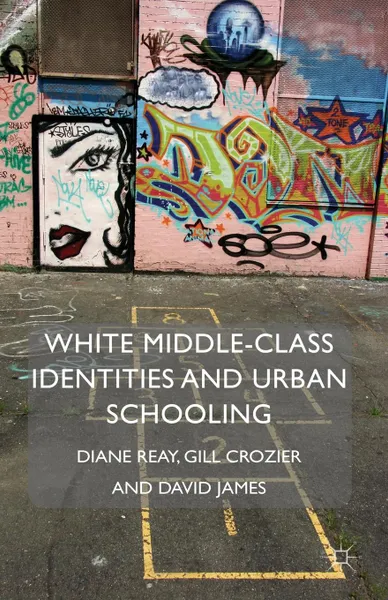White Middle-Class Identities and Urban Schooling 12+
214 страниц
Категория: Литература на иностранных языках
ISBN: 9781137355010
Язык: Английский
📒 Decades of neo-liberal reforms have established a market in secondary schooling, where 'choice' and 'diversity' are expected to drive up standards and maximize individual responsibility. This is known to favor middle class people. But what of those middle classes deliberately choosing ordinary and even 'low performing' secondary schools for their children? What are their motives, and how do they experience the choice? What is it like for the young people themselves? Where do they end up? And what does all this show us about contemporary white middle class identity and its formation?This groundbreaking study, now in paperback and with a new Preface, offers some answers to these questions. Based on detailed fieldwork with parents and children, it examines 'against-the-grain' school choices, looking in particular at family history, locality, the nature of 'choice' itself and associated anxieties, relationships to other ethnic groups and to whiteness, and the implications for democracy. The book highlights an inescapable acquisitiveness but also more hopeful dimensions of contemporary white middle class identity.
Мнения
